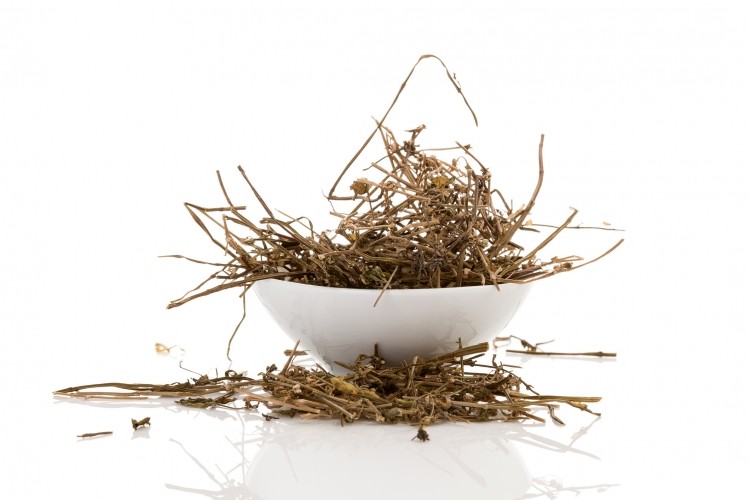Korey Stringer’s tragic death changed supplement industry for the better, experts say

On Aug 1, 2001, Stringer, an offensive lineman with the Minnesota Vikings, died after participating in an intense training session in hot weather. His death was later ruled to be a case of heat stroke.
Changes made to avoid heat stroke
In an article on the site ESPN.com, longtime NFL reporter Kevin Seifert laid out how the death of the beloved player helped change how teams handle workouts in hot weather. Protocols and safeguards are now in place to make a similar tragedy highly unlikely.
Coaches and trainers used to foster the notion that pushing through the discomfort of incipient heatstroke was useful in making a football player mentally tough enough to succeed. The changes put into place after Stringer’s death “gave them permission to use common sense,” his widow Kelci Stringer was quoted as saying in the ESPN piece.
Weight loss supplements implicated
Stringer was one of the heaviest players in the league during his era, often weighing 340 lbs or more. At the time of his death Stringer was reportedly trying to lose weight. A search of his locker after his death revealed bottles of many supplements, some of which contained ephedra.
Traces of the substance were found in Stringer’s system, but like with many adverse events, parsing out exactly which substances were responsible for an effect in a situation with multiple inputs is murky at best, said Rick Kingston, PhD, director of scientific affairs at SafetyCall International, as well as a professor in the School of Pharmacy at the University of Minnesota.
Dr Kingston was involved as an expert witness in a court case that arose from Stringer’s death. He said that while ephedra was associated with Stringer’s death, it wasn’t the cause.
“The ephedra was just a convenient excuse. It didn’t really have anything to do with what happened,” he said.
Nevertheless, the deaths of a couple of other football players around the same time were associated with ephedra, neither of whom had the risk factor of incipient obesity as did Stringer. Then came the death of Baltimore Orioles pitcher Steve Bechler who died from multiple organ failure as a result of heat stroke in 2003.
“That definitely was an ephedra associated event,” Kingston said.
Not long after Bechler’s death the supplement was banned from use in the US in 2004.
Long history of use in TCM
Ephedra was the blanket name for supplements made from extracts of the Ephedra sinica, a gymnosperm shrub native to Mongolia and northeastern China. The active constituents are a class of chemicals called ephedrine alkaloids, which have a powerful stimulant effect as well as functioning as an effective appetite suppressant.
The substance had long been known in Traditional Chinese Medicine where it is known by the name Ma Huang. David Winston RH(AHG), founder and President, Herbalist & Alchemist, added that in TCM, Ma Huang is used in complex formulas usually as a small part of a larger formula. "It is not used as a simple or in high doses," he added. "It is also often combined with Licorice, which is used to reduce toxicity... It is rarely used long-term and as the herb is quite heating, it is used only when energetically appropriate to the individual patient depending upon their wind/cold patterns."
Frank Lampe, a supplement industry consultant and longtime natural products industry media executive, said Ma Huang has a long history of safe use in the dosages and for what it’s used in TCM. But then marketers in the US started mixing high doses of ephedra with caffeine, and so unwittingly let the genie out of the bottle.
In addition to the issues associated with mixing with caffeine, Winston said that many manufacturers spiked their products with synthetic Ephedrine to enhance activity, which also increased toxicity.
"In TCM it is considered to be an “inferior” herb, meaning it can have adverse effects if used incorrectly, but is seen as quite safe when used in the right situation for short periods of time. There are no reports, that I am aware of, of serious adverse effects using Ma Huang correctly by a TCM practitioner," said Winston.
Dr Kingston echoed this: “If you give ephedra by itself it is almost completely non toxic,” he said. “But when you combine it with caffeine there is an unbelievable synergistic effect.”
Turning the ingredient into something it hadn’t been before
Lampe said supplement marketers cranked up the dosages and turned the ingredient into something it had never been before. Consider that during almost the entirety of the long history of TCM, few people had had the luxury of becoming obese in the first place.
“Profit-hungry supplement players chose to promote it for use as an energy booster and weight-loss product, including in conjunction with caffeine—far beyond its intended and successful uses at much lower doses, to treat asthma, bronchitis, sinusitis, hay fever, cold and flu symptoms and other health issues. It is still used safely around the world—but not here in the United States outside of prescriptions from TCM practitioners,” Lampe said.
Kingston said the ephedra debacle woke the industry up to the need for better safety monitoring. It helped provide impetus to the institution of an adverse event reporting requirement for the supplement industry, among other things.
“Manufacturers of ephedra-containing products were so blinded by the lure of using it for short-term weight loss where it was very effective that they underplayed the potential toxicological concerns and tried to make this stuff sound as safe as water,” Kingston said.
One of the issues with some early ephedra products was that they were presented as tiny pills, which made it easy for consumers to take a lot of them. An AER reporting system of the type that’s required today most likely would have raised a red flag about these products early on, Dr Kingston said. And it might have helped uncover earlier the danger of combining the ingredient with caffeine. With ephedra by itself, it was hard to take too much, he said.
“We had patients come in to the emergency room who were taking 90 ephedra pills a day. They’d be shaking and trembling but they weren’t falling over dead,” he said.
A price paid in blood
Prof Bill Gurley, PhD, of the National Center for Natural Products Research at the University of Mississippi, did some of the early toxicological research that uncovered the dangerous ephedra-caffeine connection. He said the industry has improved as a result of the ephedra episode. But before stakeholders start patting themselves on the back, it should be remembered that it came at a high cost, a price that was paid in blood.
“Stringer’s death wasn’t the only one in 2001, but it certainly was the most publicized. Earlier that year, an Alaska jury awarded just over $13M in compensatory and punitive damages to the family of Rosalie Talbert, the first Ephedra-related death to be adjudicated in a court of law, which, in turn, shined a harsh spotlight on the dietary supplement industry. Besides Stringer, many other athletes’ deaths — professional and amateur —were linked to Ephedra use when combined with vigorous exercise,” he said.
“Their deaths, however, were not in vain as the FDA banned the provocative supplement in 2004, and several preemptive measures were implemented, including an industry-wide mandatory adverse event reporting system. To date, the dietary supplement industry still suffers from many of the same issues that begat Ephedra, but thankfully many companies, and consumers, have benefited from the painful lesson of Korey Stringer’s death,” Prof Gurley added.















